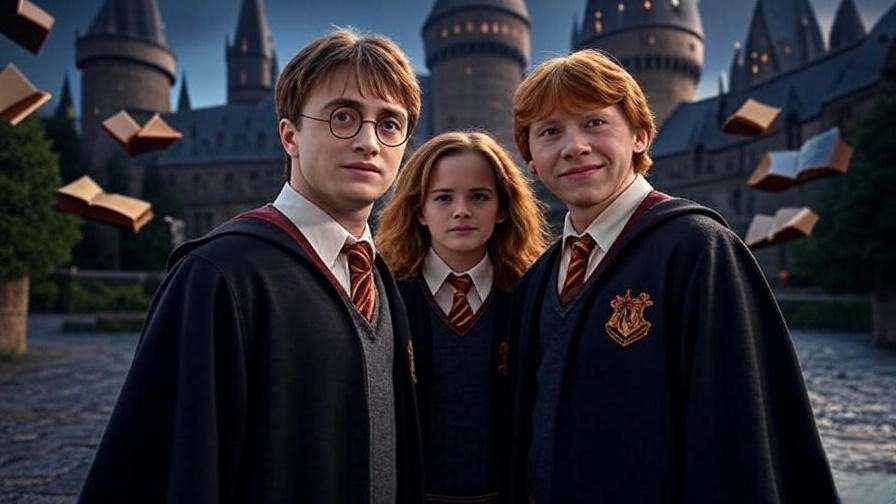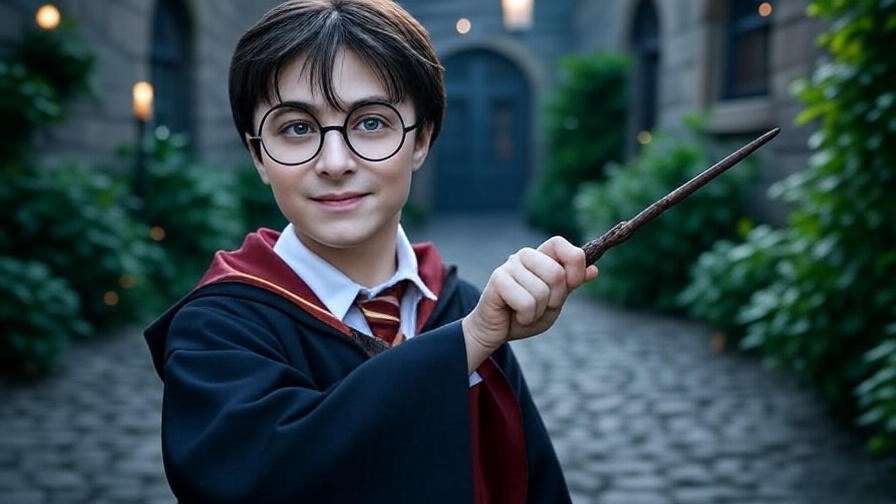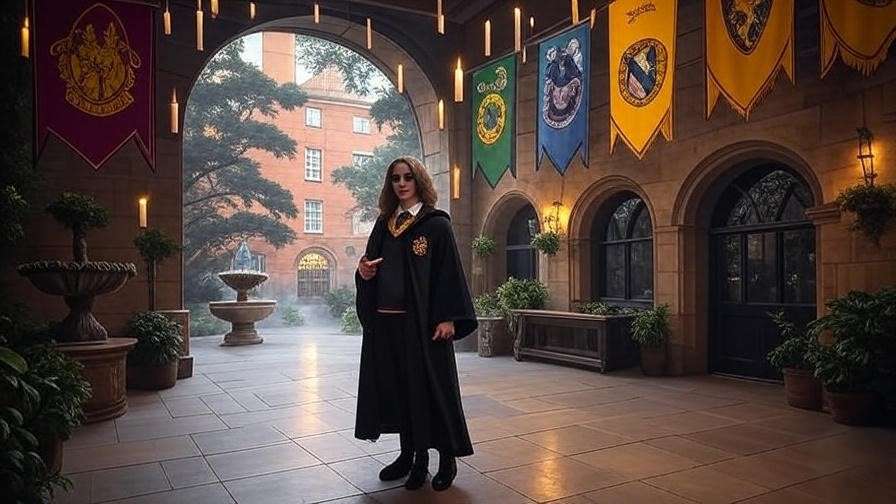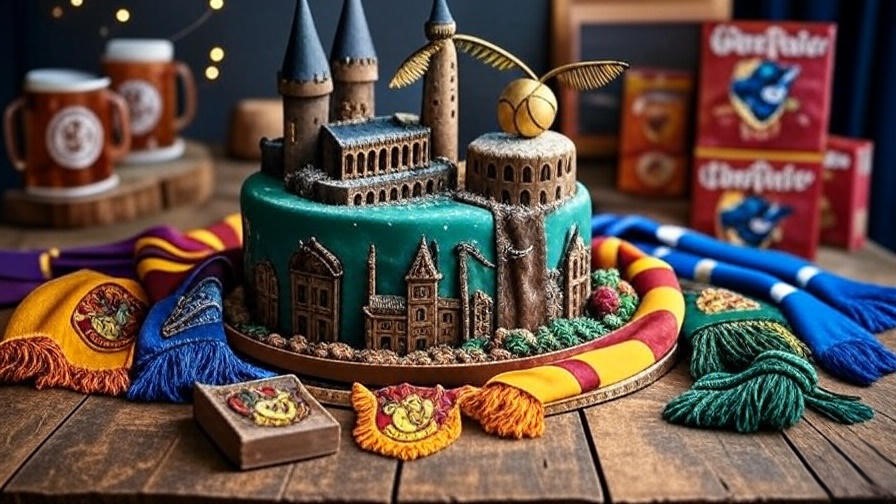Imagine the roar of the crowd as you swing your bat with pinpoint accuracy, sending a Bludger hurtling toward an opposing Chaser, securing your team’s victory on the Quidditch pitch. As a Quidditch Beaters, you’re the unsung heroes of the game, blending brute force with strategic brilliance. Introduced in J.K. Rowling’s Harry Potter and the Philosopher’s Stone, Quidditch Beaters use their bats to control the chaotic Bludgers, protecting teammates and disrupting rivals—a role that captivates fans worldwide. Whether you’re a Chicago Potterhead dreaming of Hogwarts glory or eager to join a local Quidditch league, this guide unlocks the tactics, skills, and secrets of Beaters. From historical insights to practical tips for real-world play, let’s master the art of the Beater together!
For more Harry Potter resources, explore Harry Potter Insider.
Who Are Quidditch Beaters in the Harry Potter Universe?
Role and Responsibilities
In the wizarding world, Quidditch Beaters are the defensive backbone of any Quidditch team, wielding bats to manipulate the two Bludgers—enchanted iron balls that relentlessly target players. Their primary role is to protect their team, particularly the Seeker and Chasers, by deflecting or redirecting Bludgers, while also targeting opponents to gain a strategic edge. As detailed in Harry Potter and the Philosopher’s Stone and expanded in Quidditch Through the Ages by Kennilworthy Whisp, Beaters work in pairs, ensuring constant coverage of the pitch. This dual responsibility requires strength, agility, and teamwork, making them indispensable to Quidditch strategy.
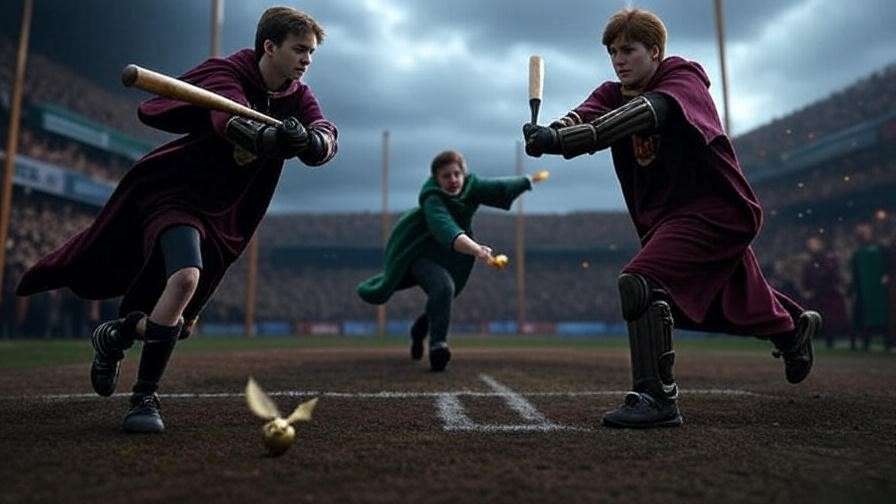
Historical Context
The origins of Quidditch Beaters trace back to medieval Quidditch, where players initially used clubs to fend off rogue Bludgers—then wild, unenchanted balls. According to Quidditch Through the Ages, the role evolved with the standardization of rules in the 14th century, introducing specialized bats and the modern Beater position. Famous duos like Gideon and Fabian Prewett shaped early tactics, laying the groundwork for icons like Fred and George Weasley. This historical depth, drawn from Rowling’s lore, offers fans a rich context to appreciate the Beater’s evolution.
Significance in the Series
Quidditch Beaters play a pivotal role in the Harry Potter narrative, influencing match outcomes with their skill and timing. The Weasley twins, for instance, turned the tide in Gryffindor’s favor during the 1994 Quidditch season in Harry Potter and the Goblet of Fire, showcasing their ability to protect Harry Potter from Slytherin’s aggressive play. Their antics also added humor, endearing them to fans. For Chicago’s Harry Potter community, understanding Beaters’ impact enhances trivia nights and inspires local Quidditch enthusiasts to emulate these heroes.
Essential Skills for Mastering Quidditch Beaters Tactics
Physical and Mental Attributes
Mastering Quidditch Beaters tactics demands a blend of physical prowess and mental acuity. Strength is crucial for powerful bat swings, while agility ensures quick repositioning across the pitch. Mental sharpness—anticipating Bludger trajectories and opponent moves—sets elite Beaters apart. Real-world Quidditch, governed by the International Quidditch Association (IQA), mirrors these demands, making these skills relevant for Chicago fans joining local leagues. As Quidditch Through the Ages notes, a Beater’s success hinges on “instinct and coordination,” a principle applicable to both fictional and modern play.
Bat Handling Techniques
Effective bat handling is the cornerstone of Quidditch Beaters performance. The proper grip involves a firm yet flexible hold, with the bat aligned along the forearm for balance. The swing requires a fluid motion, timed to intercept a Bludger mid-flight, as demonstrated by Fred Weasley’s quick save in Goblet of Fire. Timing is critical—too early, and the Bludger veers off; too late, and a teammate is at risk. Practicing these techniques with a foam bat, available at Chicago sports stores, prepares fans for real-world Quidditch or cosplay.
Strategic Thinking
Strategic thinking elevates Quidditch Beaters from brawn to brilliance. Beaters must anticipate Chaser patterns and protect the Seeker during critical moments, like the Snitch chase. In Prisoner of Azkaban, the Weasley twins’ coordinated defense of Harry against Slytherin Bludgers exemplifies this foresight. For Chicago players, studying match footage or reading Quidditch Through the Ages can sharpen these skills, enabling tactical dominance in local games or trivia discussions about iconic plays.
Tactical Strategies for Quidditch Beaters
Defensive Tactics
Defensive prowess defines Quidditch Beaters at their best. Blocking Bludgers aimed at teammates is their primary duty, requiring precise timing and positioning. In Goblet of Fire, Fred and George’s defense of Harry against a rogue Bludger highlights this skill, turning a potential injury into a triumphant moment. For Chicago Quidditch leagues, practicing defensive formations—like a “V-shape” to cover the Seeker—can replicate this success, offering fans a practical application of Hogwarts tactics.
Offensive Tactics
Offensively, Quidditch Beaters disrupt opponents by targeting Chasers or Keepers with Bludgers. Slytherin’s Beaters in Prisoner of Azkaban used this aggression to unsettle Gryffindor, though it often led to penalties. A sample tactic, the “Double Bludger Assault,” involves both Beaters striking simultaneously to overwhelm a single target. Chicago fans can adapt this in non-magical Quidditch by coordinating with a partner, adding a competitive edge to local matches.
Team Coordination
The Beater pair dynamic is central to Quidditch Beaters success. Fred and George Weasley’s telepathic coordination in Goblet of Fire—switching targets mid-play—demonstrates this synergy. Effective communication, whether through hand signals or calls, ensures seamless coverage. For Chicago’s Quidditch teams, practicing pair drills in parks like Lincoln Park can build this rapport, enhancing both game performance and fan enjoyment at themed events.
Famous Quidditch Beaters in Harry Potter
Fred and George Weasley
Fred and George Weasley are the epitome of Quidditch Beaters, blending humor with skill. In Harry Potter and the Goblet of Fire, their defense of Harry during the World Cup match showcased their agility and teamwork, earning Gryffindor a key victory. A quote from the book—“Fred and George Weasley were swooping around like a pair of human Bludgers”—captures their playful yet effective style, inspiring Chicago fans to emulate their flair.
Other Notable Beaters
Beyond the Weasleys, historical Beaters like Gideon and Fabian Prewett, mentioned in Quidditch Through the Ages, were legendary for their brute force in early Quidditch. Slytherin’s Bole and Derrick, seen in Prisoner of Azkaban, brought a more aggressive approach, though their tactics often crossed ethical lines. These figures enrich the Beater legacy, offering diverse role models for fans.
Lessons from Their Play
The Weasleys teach Quidditch Beaters the value of distraction—using humor to unsettle opponents—while Bole and Derrick highlight the need for control to avoid fouls. Chicago trivia nights can feature questions like “What tactic did Fred and George use to protect Harry?” to explore these lessons, deepening fans’ appreciation of Beater strategy.
How to Apply Quidditch Beaters Tactics in Real Life
Joining a Chicago Quidditch League
For fans eager to embody Quidditch Beaters tactics, joining a Chicago Quidditch league is a perfect start. The Chicago Hype team, part of the Midwest Quidditch Conference, offers opportunities for beginners and seasoned players alike. These non-magical games use foam balls and bats, mirroring the Beater role’s defensive and offensive duties. Check Harry Potter Insider for event schedules, typically held in parks like Grant Park. New players should focus on Beater basics—bat control and positioning—during practice sessions to build confidence and skill.
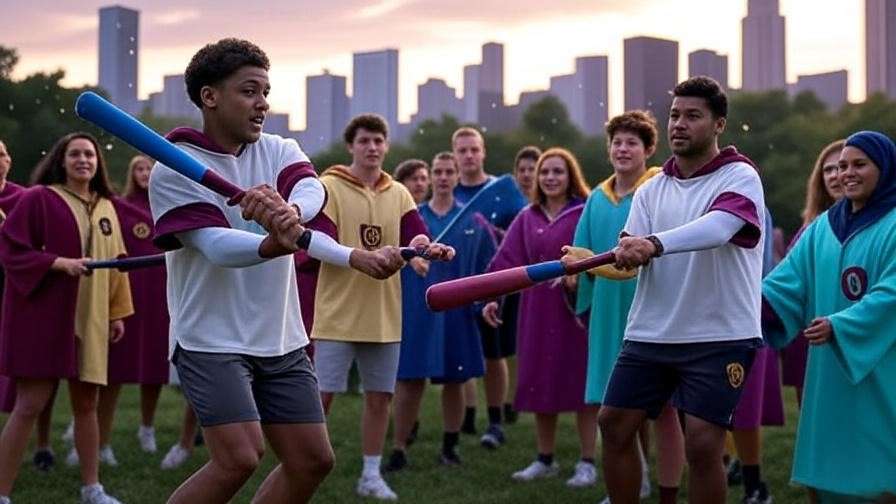
Cosplay and Role-Playing
Bringing Quidditch Beaters to life through cosplay adds a magical twist to Chicago’s fan scene. Dress as Fred or George with Quidditch robes, a bat prop (available at local costume shops like Chicago Costume Company), and Gryffindor colors. At events like C2E2, recreate a Weasley twin scene by partnering with a friend to “defend” a mock Seeker. Practice swinging a foam bat to simulate Bludger hits, adding authenticity. This hands-on approach lets fans connect with the character’s energy and share photos on X to engage the community.
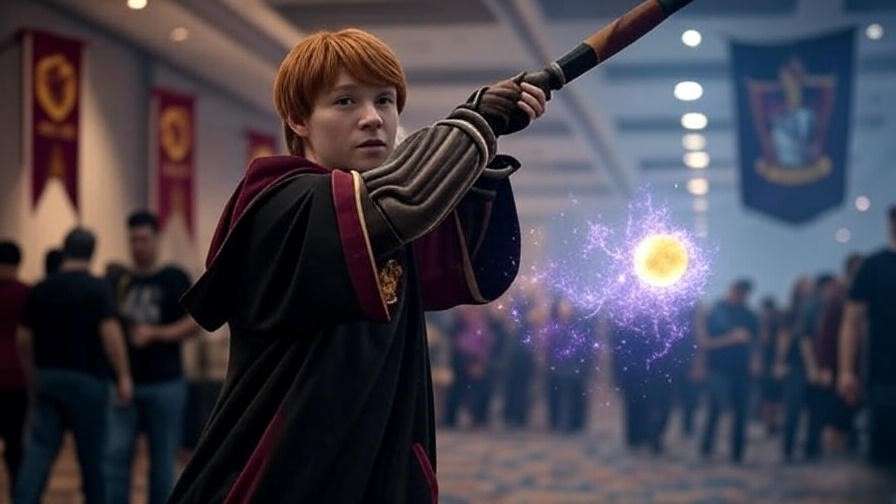
Hosting a Quidditch-Themed Event
Host your own Quidditch event in a Chicago backyard or park, incorporating Quidditch Beaters tactics. Use foam Bludgers and bats (safely sourced from sports stores) to mimic the game, assigning two Beaters per team. Add a twist by including a Harry Potter Trivia Chicago segment with Beater-focused questions, like “Who were Gryffindor’s Beaters in 1994?” Decorate with Hogwarts banners and play the Quidditch soundtrack from the films. Invite local fans via Harry Potter Insider to foster community spirit.
Common Mistakes Quidditch Beaters Should Avoid
Poor Timing
One common pitfall for Quidditch Beaters is mistimed swings, which can miss Bludgers or leave teammates vulnerable. In Prisoner of Azkaban, Gryffindor’s early match struggles against Slytherin highlight this issue, with Beaters failing to intercept key shots. To improve, practice timing with a partner tossing a ball, adjusting swings to match its arc. Chicago players can use this drill in local parks, ensuring precision before competitive play.
Lack of Communication
Effective Quidditch Beaters rely on communication, as seen with Fred and George’s seamless coordination in Goblet of Fire. A lack of sync can leave gaps in defense, exposing the Seeker. Use hand signals or short calls during practice to build rapport. For Chicago Quidditch teams, pre-game huddles to plan signals can prevent this mistake, enhancing team performance at matches.
Overaggression
Overaggression can backfire for Quidditch Beaters, leading to fouls or injuries. Slytherin’s Beaters in Prisoner of Azkaban faced penalties for reckless Bludger hits, costing their team points. Balance is key—aim to disrupt without crossing ethical lines. Chicago fans playing non-magical Quidditch should focus on controlled swings, practicing with foam equipment to maintain safety and strategy.
Fun Facts About Quidditch Beaters
Historical Origins
The Quidditch Beaters role has roots in Quidditch’s wild past, as detailed in Quidditch Through the Ages. Early players used crude clubs to fend off rogue Bludgers, which were unenchanted and unpredictable. By the 14th century, the position formalized with bats, reflecting the game’s growing structure. This history fascinates Chicago trivia buffs, offering a unique angle for Harry Potter Trivia Chicago events.
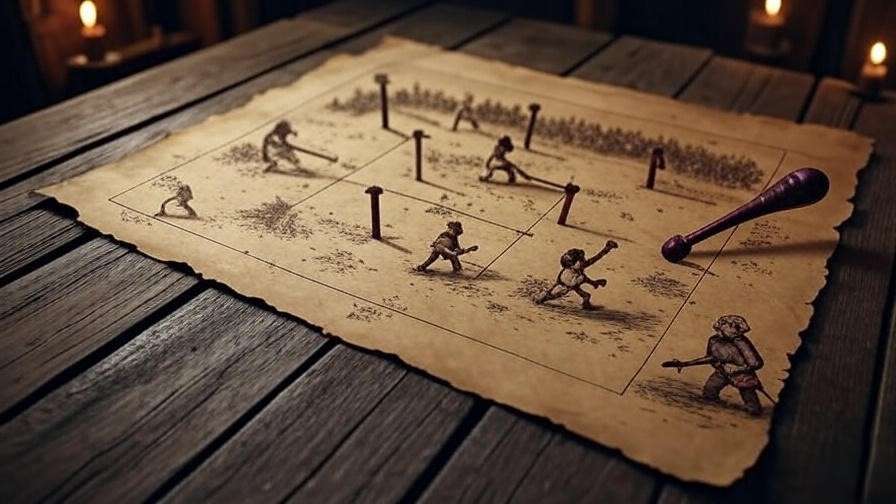
Film Magic
Behind-the-scenes, Quidditch Beaters scenes in the films relied on stunt work and CGI. In Prisoner of Azkaban, the Weasley twins’ dynamic Bludger plays were choreographed with actors on broomsticks and digital enhancements, as noted in DVD commentaries. Chicago fans attending movie marathons can appreciate this craftsmanship, sparking discussions at local fan gatherings.
Chicago Fan Favorites
In Chicago, Quidditch Beaters inspire local talent. The Chicago Hype team’s Beaters have gained recognition at Midwest tournaments, while cosplayers at C2E2 recreate Weasley twin moments with foam bats. Fan anecdotes from 2025 events, shared on X, highlight a memorable Beater duel at a Lincoln Park game, cementing their popularity in the city’s Potter scene.
Tips for Becoming a Quidditch Beaters Expert
Training Drills
To excel as a Quidditch Beaters, try these drills:
- Bat Swing Practice: Use a foam bat to hit a suspended ball, focusing on power and accuracy in Chicago parks.
- Agility Runs: Sprint between cones to mimic pitch movement, building speed for Bludger defense.
- Partner Drills: Coordinate with a friend to alternate hits, replicating the Beater pair dynamic.
Regular practice, even 20 minutes daily, sharpens skills for local Quidditch or cosplay.
Study the Game
Deepen your Quidditch Beaters knowledge by studying key sources:
- Books: Reread Quidditch scenes in Goblet of Fire or Quidditch Through the Ages for tactics.
- Films: Watch matches in Prisoner of Azkaban to analyze Beater movements.
- Online: Explore Harry Potter on Wikipedia for historical context.
This study enhances trivia answers and game strategy for Chicago fans.
Connect with the Community
Join Chicago’s Quidditch Beaters community:
- Local Leagues: Sign up with Chicago Hype via their website or Harry Potter Insider.
- Events: Attend C2E2 or trivia nights at The Green Mill to meet fellow fans.
- Online: Follow #QuidditchBeaters on X to share tips and connect with global Potterheads.
Community engagement boosts skills and enjoyment.
FAQs About Quidditch Beaters
- What is the main role of Quidditch Beaters?
To control Bludgers and protect teammates while disrupting opponents, as seen with Fred and George. - How many Beaters are on a Quidditch team?
Two, working as a coordinated pair to cover the pitch. - Can Beaters score points?
No, their focus is defense and disruption, not scoring. - What equipment do Beaters use?
Bats to hit Bludgers, a key tool in their arsenal. - Where can I play Quidditch in Chicago?
Join Chicago Hype or find events on Harry Potter Insider.
The Quidditch Beaters are the heartbeat of any Quidditch team, wielding bats with skill and strategy to shape the game’s outcome. From Fred and George’s legendary plays in Goblet of Fire to Chicago’s thriving Quidditch scene, their tactics inspire fans worldwide. Whether you’re mastering defensive blocks, joining a local league, or cosplaying at C2E2, this guide equips you to excel. Start practicing today, connect with Chicago’s Potter community, and share your favorite Beater moments in the comments or on X with #QuidditchBeaters! For more insights, visit Harry Potter Insider.


